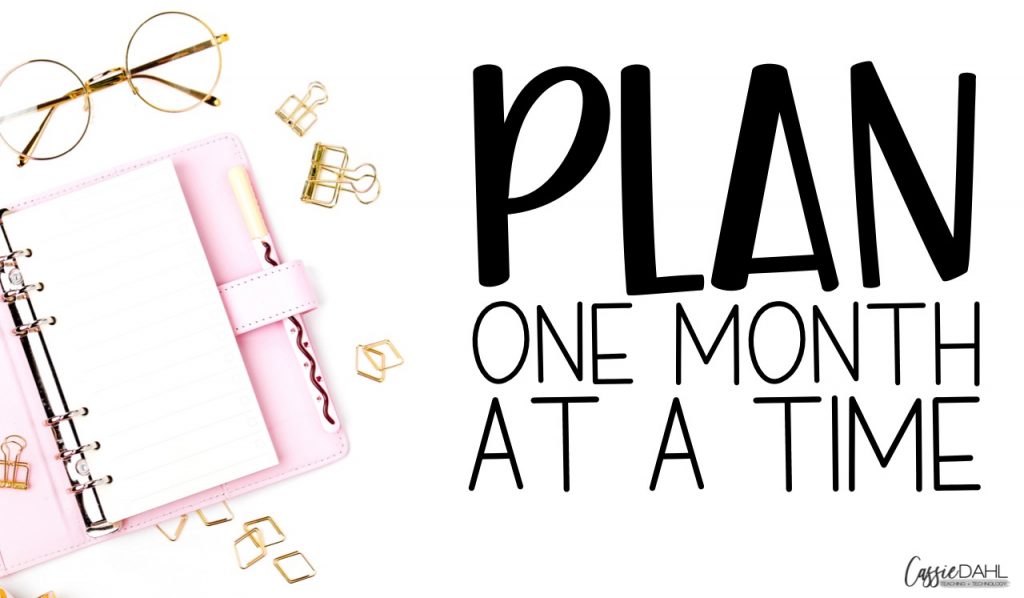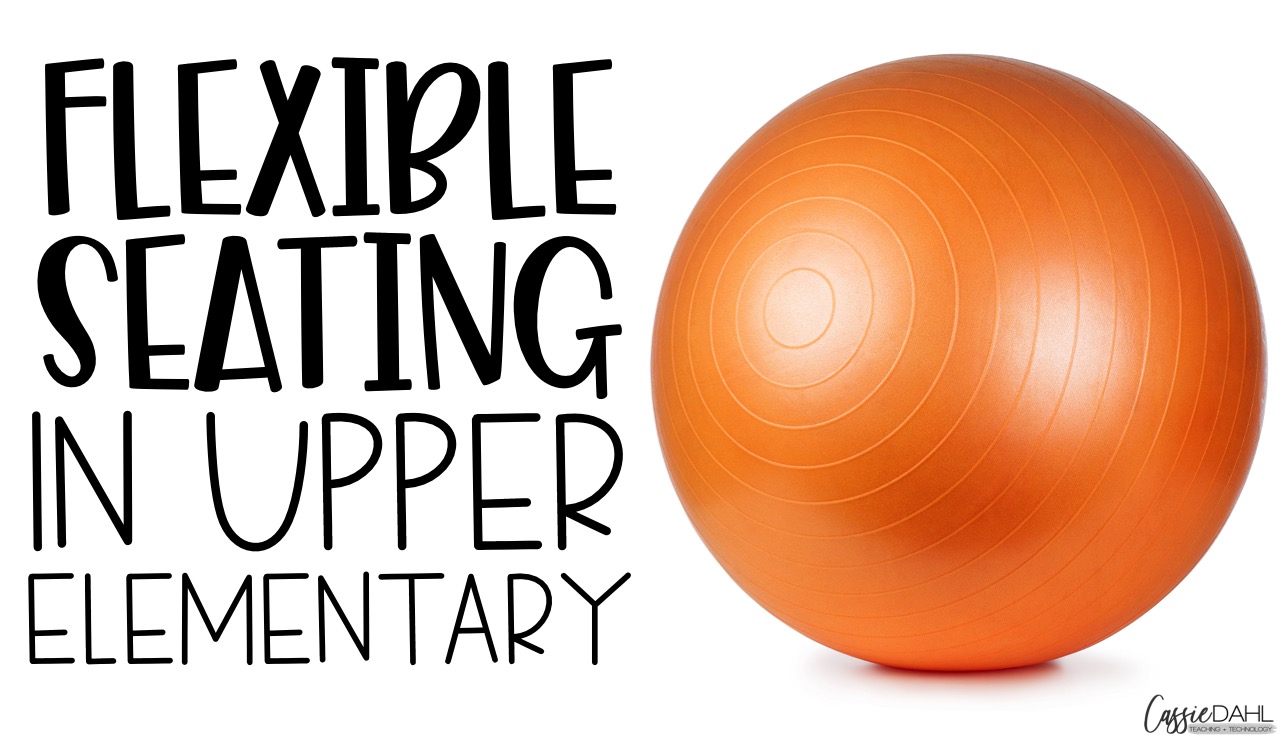
Are you easily overwhelmed by lesson planning? Are you tired of planning week-by-week or even day-by-day? This post is going to give you actionable steps to relieve that dread and make your job of lesson planning easier. By planning one month at a time, you will save time each week and maybe even find a little joy in writing your lesson plans!
What is Monthly Planning?
Monthly planning is the practice of looking at the overall picture of the individual units of study in your classroom and deciding how they fit together. It is usually done during the last week of the month prior.
If you teach in a self-contained classroom, monthly planning would mean that you are lesson planning for the entire month for each subject. If you teach in a departmentalized classroom, monthly planning would mean that you are lesson planning for each class that you teach.
Monthly planning is intended to be quick. You are not planning out the individual lesson details for each concept. Rather, you are batch planning how units fit together and what concepts will be covered in the upcoming weeks.
Benefits of Monthly Planning:
- Monthly planning makes cross-curricular lessons easier to implement.
- This practice saves you time with your weekly/daily lesson plans.
- It lends itself to be very standards-based. Teachers that use monthly planning are often more aware of standards that have been taught and which standards need additional instructional time.
- Monthly planning is a great practice for new teachers or teachers who recently changed grade levels because it creates a foundation for them to develop lessons and familiarize themselves with standards and curriculum.
Steps to Implement Monthly Planning:
First, determine which classes/subjects you will plan for. Monthly plans generally have only unit/lesson titles. You can write standards on your monthly plan if you feel it will help guide you, however it is not necessary.
Next, create a template to record your monthly plans or grab one of the free ones I have for you HERE. Your template will need to have a space for the date and for each of the subjects that you are planning for. I have found that by having all of the subjects/classes on one page you are able to incorporate cross-curricular lessons more efficiently. Included in the free templates above is also a two-page spread if you need a bit more space.
Then, start with any subject/class. If you are mid-unit when you start monthly planning, try to start the month accurately with the lesson you will be on. Record the titles of each unit and lesson or lesson numbers. Constantly keep the flow of the lessons for the month in the back of your mind.
Once you have finished one subject, start back at the beginning of the month with the next class/subject. Pace out your lessons to avoid any large assessment overlaps (i.e. do not plan two unit assessments for different subjects on the same day). If there are lessons that align well for a cross-curricular lesson, shift lessons accordingly. For example, if you are teaching about earthquakes during science align that with a lesson about non-fiction text features and utilize a passage about earthquakes.
After repeating the same process for all subjects, the final step is to celebrate!! You have successfully roughly planned an entire month. This process should take a short amount of time. At the beginning of the year, I find that monthly planning takes me a few hours, but by the end of the year I am able to monthly plan in an hour or less.
When you begin weekly/daily lesson planning, utilize your monthly plan as your guide. This will tell you the lessons that you will be teaching each day, you will only need to fill in the materials you will be using, specific lesson details, and/or standards for the daily lessons. This should take substantially less time now because you have the general outline of your day/week/month complete.
Additional Tips:
- Keep in mind that not every lesson is finished in one day. Plan ahead and schedule lessons over multiple days if you know in advance that they are time consuming.
- Leave a blank day between units. This will allow you to be flexible with your lesson planning. This day can be used as a review day or you can incorporate an additional lesson based on your students’ conceptual understanding.
- Plan in advance for assemblies/no class days. Have them on your calendar before you begin planning.
- Use your prep time over the course of a week to monthly plan. Take just 10-15 minutes each day to monthly plan one subject. By the end of the week, your entire month will be planned out!
Want additional planning tips?
If you are trying to streamline your lesson planning, check out the following blog posts.
Why You Should be Batching your Lessons
Color Coordinating Teacher Materials





